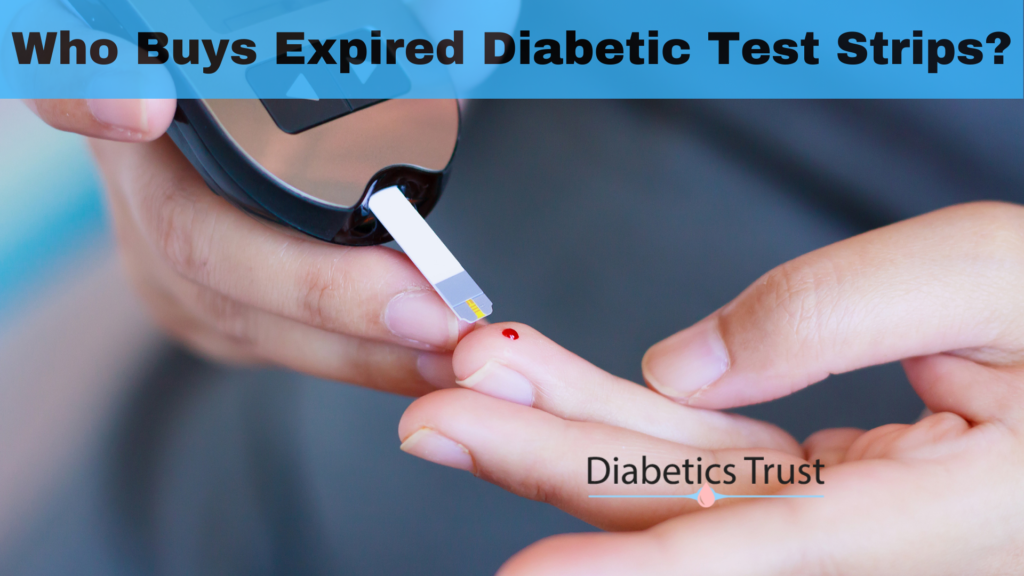Insulin therapy plays an indispensable role in managing diabetes. Among the various types of insulin available, two forms often discussed are short-acting and long-acting insulin. Both types have distinct roles in blood sugar management, and understanding their differences is key to effective diabetes care.
In this article, we’ll explore these two types of insulin. And help you understand which might be best suited for your needs. If you find yourself with extra insulin supplies. You can make a difference in someone else’s life by selling them to DiabeticsTrust.com.
What is Insulin?
Insulin is a hormone produced by the pancreas that allows cells in the body to use sugar (glucose) from carbohydrates in the food that we eat for energy or to store glucose for future use. For people with diabetes, the body either doesn’t make enough insulin or can’t use the insulin it makes effectively.
This is where insulin therapy comes in, and understanding the different types of insulin is crucial to maintaining balanced blood sugar levels.
What is Short-Acting Insulin?
Short-acting insulin, also known as regular or bolus insulin, is designed to mimic the natural burst of insulin your body produces in response to food intake. It starts working within 30 minutes of injection, has a peak effect at about 2-3 hours, and lasts for approximately 5-8 hours.
Short-acting insulin is typically taken before meals to control the rise in blood glucose levels that occur after eating.

What is Long-Acting Insulin?
Long-acting insulin, also known as basal insulin, mimics the slow, steady release of insulin your body produces naturally between meals and overnight. It starts working several hours after injection and continues to work evenly over a period of 20-24 hours, with no peak.
This type of insulin is used to maintain baseline insulin levels and is usually taken once or twice daily.
Key Differences Between Short-Acting and Long-Acting Insulin
Onset of action: Short-acting insulin starts working quickly, usually within 30 minutes. In contrast, long-acting insulin takes a few hours to start working.
Duration of action: Short-acting insulin lasts for approximately 5-8 hours, while long-acting insulin can last up to 24 hours.
Usage: Short-acting insulin is generally used before meals to control post-meal blood sugar spikes. On the other hand, long-acting insulin is used to control blood glucose levels throughout the day and night.
Peak action: Short-acting insulin has a peak action period, usually about 2-3 hours after injection. In contrast, long-acting insulin provides a steady release of insulin with no pronounced peak.
By selling your extra insulin supplies to us, you ensure they go to someone who needs them instead of sitting unused or being disposed of. It’s a simple and practical way to support the larger cause of diabetes management.
Conclusion
In essence, both short-acting and long-acting insulin play vital roles in managing blood glucose levels. Understanding their differences can help individuals with diabetes take an active role in their treatment and achieve better health outcomes.
Always remember to consult with your healthcare provider for personalized advice. And don’t forget that your extra insulin supplies can make a difference—sell them to us at DiabeticsTrust.com and contribute to the broader diabetes community.
Related Blogs You Must Read
How Big is Insulin Market In the US?





